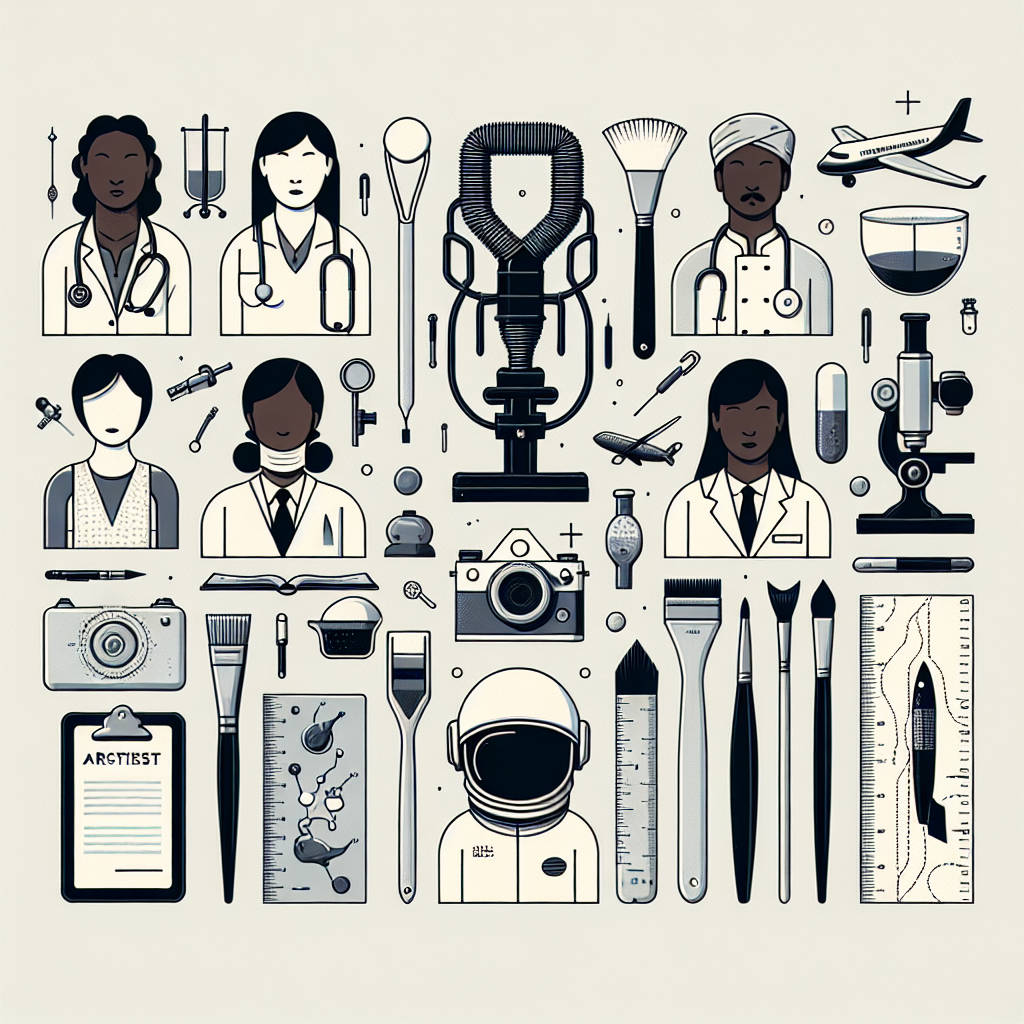Choosing the right career can shape your lifestyle, earning potential, and long-term satisfaction. This post highlights 10 Great Jobs For Women that span industries, skill levels, and work-life balance priorities. Whether you’re entering the workforce, changing fields, or returning after a break, these options combine strong demand, rewarding work, and pathways for advancement.
Top jobs for women to consider
Below are ten career paths with brief explanations of why they are appealing and what skills or training they typically require.
Registered Nurse
Healthcare remains a stable and growing field. Registered nurses offer direct patient care, can specialize in areas such as pediatrics or critical care, and often enjoy flexible shift options. For detailed occupational data and outlook, see the Bureau of Labor Statistics’ page on registered nurses: Registered Nurses — Occupational Outlook Handbook (BLS).
Software Developer
Software development offers high pay, remote work opportunities, and rapid growth. Women entering tech can choose front-end, back-end, mobile, or full-stack roles. Bootcamps, self-study, and computer science degrees are common paths in.
Data Analyst / Data Scientist
Data roles combine analytical thinking with problem solving. Companies in finance, healthcare, retail, and government need professionals who can interpret data and inform decisions. Skills in SQL, Python or R, and visualization tools are valuable.
Teacher or Educator
Education careers deliver direct community impact and structured schedules. Options range from K–12 classroom teaching to adult education, special education, and education administration. Certification requirements vary by region.
Project Manager
Project management suits those who enjoy coordinating teams, budgets, and timelines. It exists across industries—construction, IT, healthcare, and marketing—and often rewards communication and leadership abilities. Certifications like PMP or PRINCE2 can boost prospects.
UX/UI Designer
User experience and interface design blend creativity with research. UX/UI designers improve product usability and aesthetics, collaborating with product managers and developers. Portfolios and UX bootcamps help break into the field.
Physician Assistant
Physician assistants (PAs) provide medical services under physician supervision, often with greater autonomy than many other allied health roles. The PA route requires a graduate-level program but offers strong compensation and varied practice settings.
Pharmacist
Pharmacy combines healthcare knowledge with patient counseling and medication management. Pharmacists work in retail, hospital, clinical, and research settings. Becoming a pharmacist requires completing a Pharm.D. program and licensure.
Human Resources Manager
HR professionals handle recruitment, benefits, training, and employee relations. HR roles suit people with strong interpersonal skills and an interest in organizational development. Certifications such as SHRM-CP can be helpful.
Marketing Manager
Marketing blends strategy, analytics, and creativity. Roles include brand management, digital marketing, content strategy, and social media. Experience with analytics platforms, SEO, and campaign management increases marketability.
How to find and land these roles
Finding the right job often involves targeted searching, networking, and skill-building. Recent graduates and career changers should explore industry-specific boards, company career pages, and professional networks. For students and recent graduates seeking entry-level opportunities and internships, consult a comprehensive resource like the ultimate guide to job boards for college students in the USA — free and paid options, which outlines where to find relevant listings and how to use them effectively.
- Invest in continued learning: certifications, workshops, or online courses.
- Build a portfolio or resume tailored to the role you want.
- Use informational interviews to learn day-to-day realities and expand your network.
Balancing pay, flexibility, and passion
When assessing options, rank what matters most—salary, flexibility, geographic mobility, or impact. Some fields like tech and healthcare offer high pay and growth, while education and nonprofit work may prioritize mission and schedule alignment.
FAQ
Q: Which of these jobs offer the best work-life balance?
A: Roles with flexible hours or remote options—such as software development, UX/UI design, and some project management positions—often provide the best balance. Healthcare roles can be flexible in scheduling but may include nights or weekends.
Q: What are practical first steps for switching careers into one of these fields?
A: Identify transferable skills, take relevant courses or certifications, create a targeted resume and portfolio, and pursue entry-level roles or internships to gain experience.
Q: Are these careers in demand long-term?
A: Many listed careers show sustained demand due to demographic trends, technological adoption, and healthcare needs. Review occupational outlooks for specifics on growth projections.



